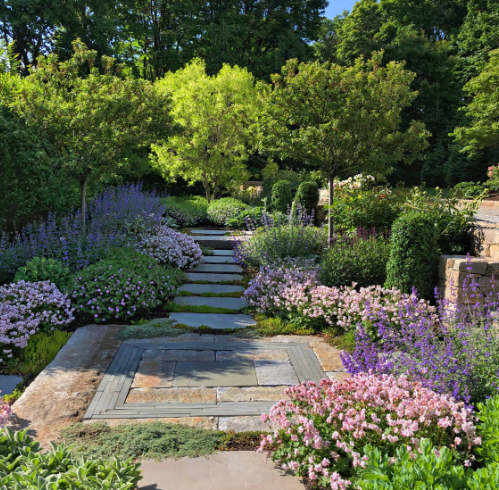Architect garden design combines creativity with functionality to transform outdoor spaces into beautiful sanctuaries. With environmental awareness on the rise, understanding how to design a garden can enhance both personal enjoyment and ecological balance. This article delves into the key elements and benefits of incorporating architectural principles into garden design.
Enhancing Aesthetic Appeal
One of the primary objectives of architect garden design is to create visually striking outdoor spaces. This involves selecting a harmonious blend of plants, pathways, and structures that complement the home’s architecture. Landscape architects often consider the color palette, texture, and scale of plants to ensure that the garden adds beauty year-round. Incorporating focal points like sculptures or water features can also elevate the aesthetic, making the garden a visually captivating area.
Creating Functional Spaces
Beyond aesthetics, effective garden design prioritizes functionality. This means considering how the space will be used—whether for entertaining guests, growing vegetables, or providing a quiet retreat. Thoughtful layout design makes navigating the garden pleasant and intuitive. For instance, placing seating areas near blooming perennials can create inviting spots for relaxation. Additionally, incorporating sustainable practices, such as rain gardens or raised planters, fosters a functional environment that also supports local ecosystems.
Enhancing Biodiversity
An architect’s garden design can significantly impact local biodiversity. By choosing native plants and creating habitats for wildlife, gardens can serve as essential green corridors in urban settings. These spaces not only attract beneficial insects and birds but also contribute to the overall health of the ecosystem. Involving features like pollinator gardens or mixed plantings can help create an inviting atmosphere for flora and fauna alike while enriching the gardening experience.
In conclusion, architect garden design serves as a powerful means to create beautiful, functional, and biodiverse outdoor spaces. Whether you’re embarking on a new project or looking to enhance your existing garden, implementing these principles can lead to a thriving and aesthetically pleasing environment. Explore further, and don’t hesitate to reach out to local landscape architects for personalized advice tailored to your specific needs!

